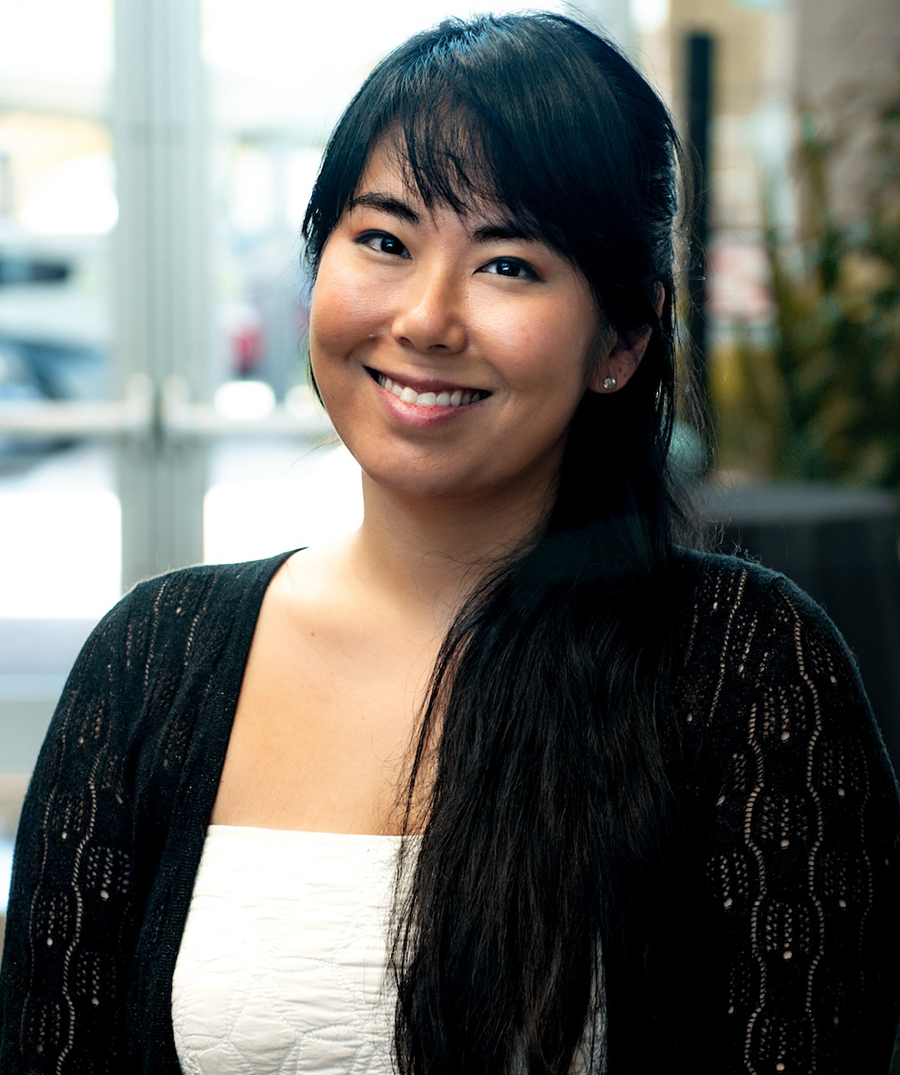Bioscience
SBS will hold its 16th annual conference & exhibition in Phoenix
[Source: SBS] - On April 11, more than 2,000 scientists, researchers and industry leaders from around the world will converge in Phoenix for the SBS 16th Annual Conference & Exhibition, Advancing the Science of Drug Discovery.
This five-day event will be held at the Phoenix Convention Center and will feature keynote addresses from acclaimed scientists, with topics ranging including: lead discovery in immunoinflammation; lead discovery in oncology, critical reagents; lead discovery in neurosciences; epigenetics; and assays & automation.
The conference will also include feature presentations, short courses, and workshops emphasizing the growing integration of the biomolecular sciences and their influence on drug research and development. SBS will highlight the most significant and exciting recent advances in the cutting-edge science that underpins the discovery and development of new medicines.
In the exhibit hall, some 150 bio-technology innovators will provide breaking news, demonstrations of emerging technologies, tutorials, new products and services, poster presentations and interactive discussion sessions. This annual event provides scientists and life science executives the opportunity to network with peers, share best practices and present their own research in drug discovery. For more information on the SBS conference, please visit www.sbsonline.org/conference .



